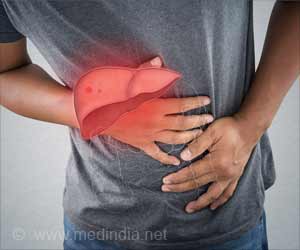
‘New methods are needed to find people who are at a particularly high risk of developing severe liver disease and requiring medical treatment.’
Tweet it Now
However, it is unclear how good these systems are at predicting the risk of severe liver disease in the general population.The researchers behind the present study sourced the AMORIS cohort, which contains blood sample data from over 800,000 people who had been examined during health checkups and in primary care in Stockholm between 1985 and 1996. Scores from various blood-based scoring systems were cross-referenced with national registries to identify people who developed severe liver disease up to 27 years later.
Their results show that although there is a clear link between the scores on some of the examined scoring systems and the risk of liver disease, the general reliability of the methods is only moderate. The scoring systems were more effective for people with known risk factors for fatty liver, such as type 2 diabetes, than they were for people without known risk factors. The researchers also found that the risk of developing severe liver disease was very low in people with normal scores in the examined scoring systems.
"The results could be used to identify people at a very low risk of developing liver disease in the future, thus avoiding the unnecessary provision of care," says the study's corresponding author Dr Hannes Hagström, hepatologist at Karolinska University Hospital in Sweden and associate professor at the Department of Medicine, Karolinska Institutet (Solna and Huddinge).
"That said, new methods are needed to find people in the general population at a particularly high risk of developing severe liver disease and requiring medical treatment."
Advertisement














